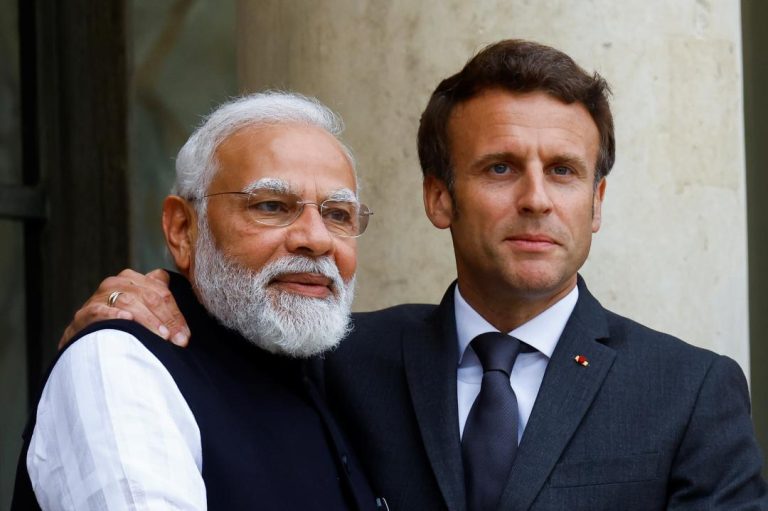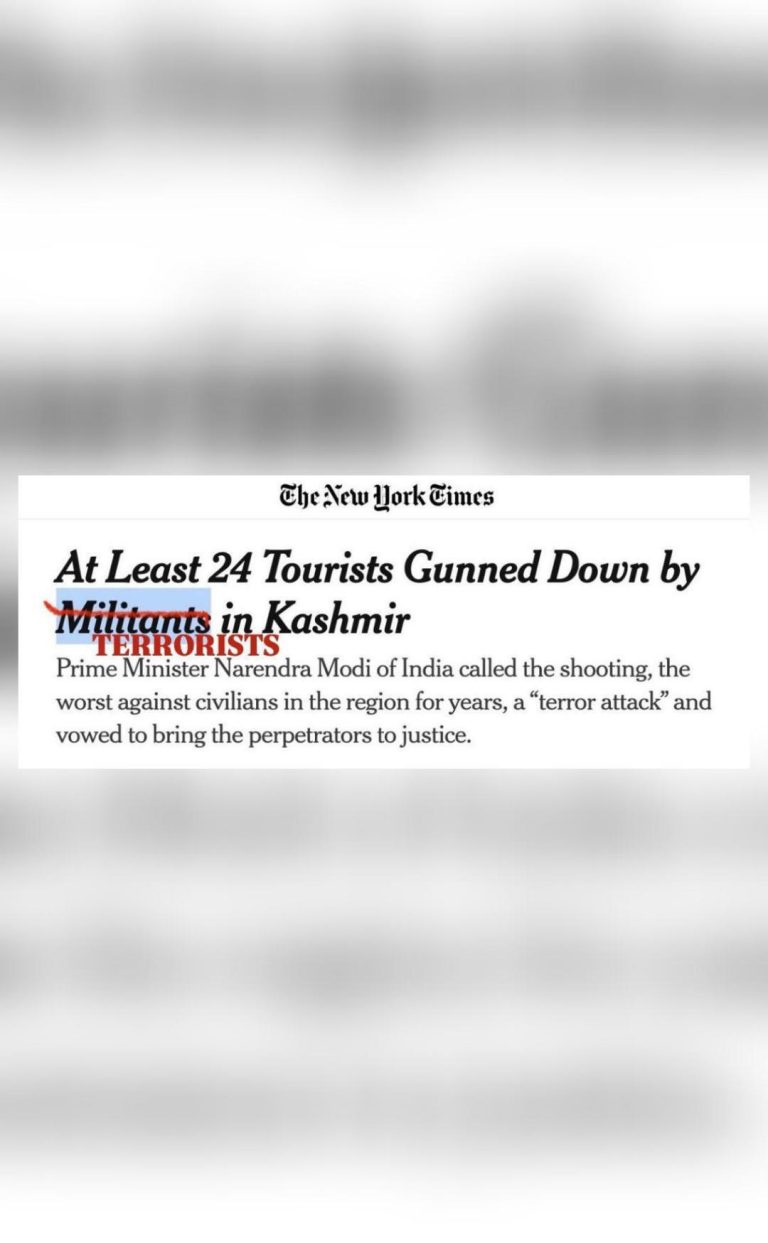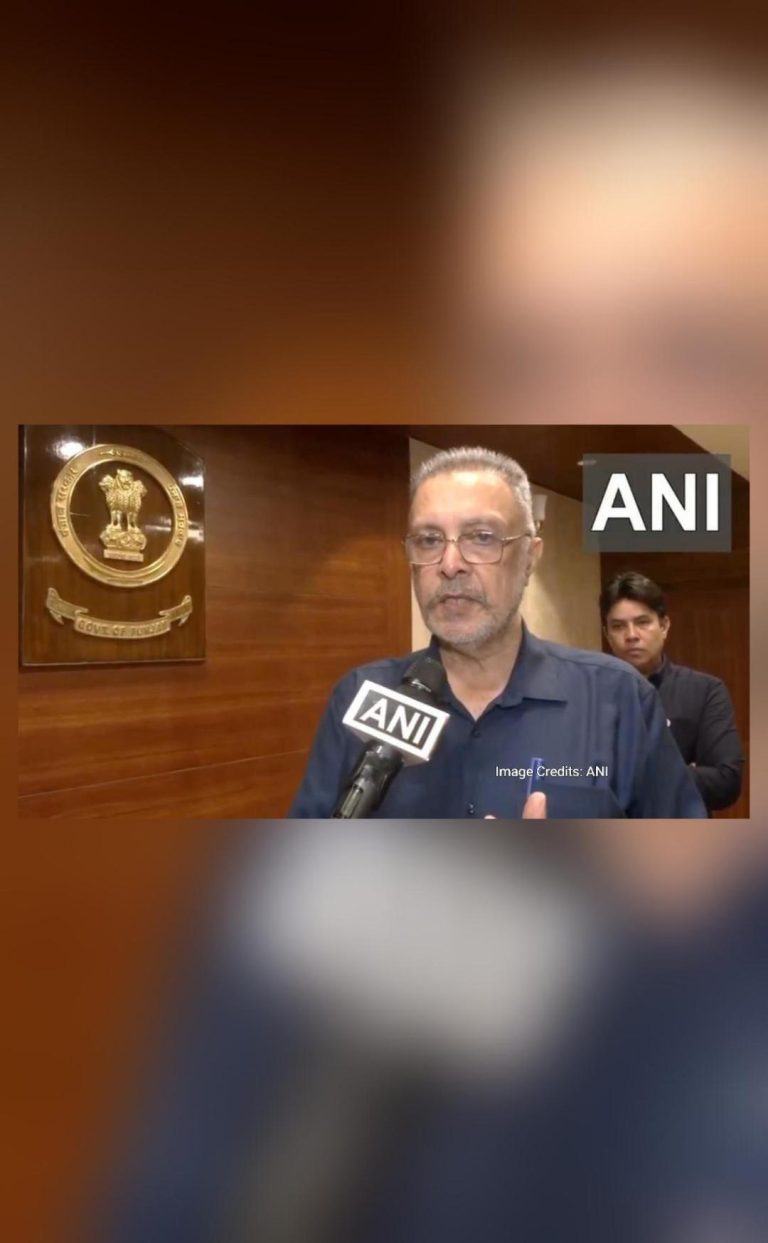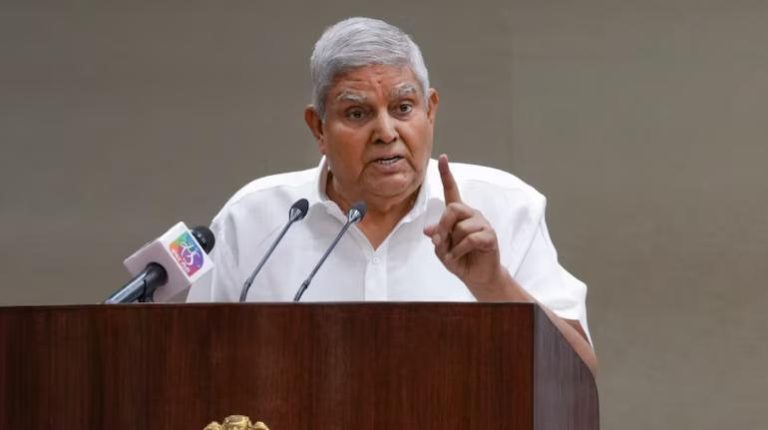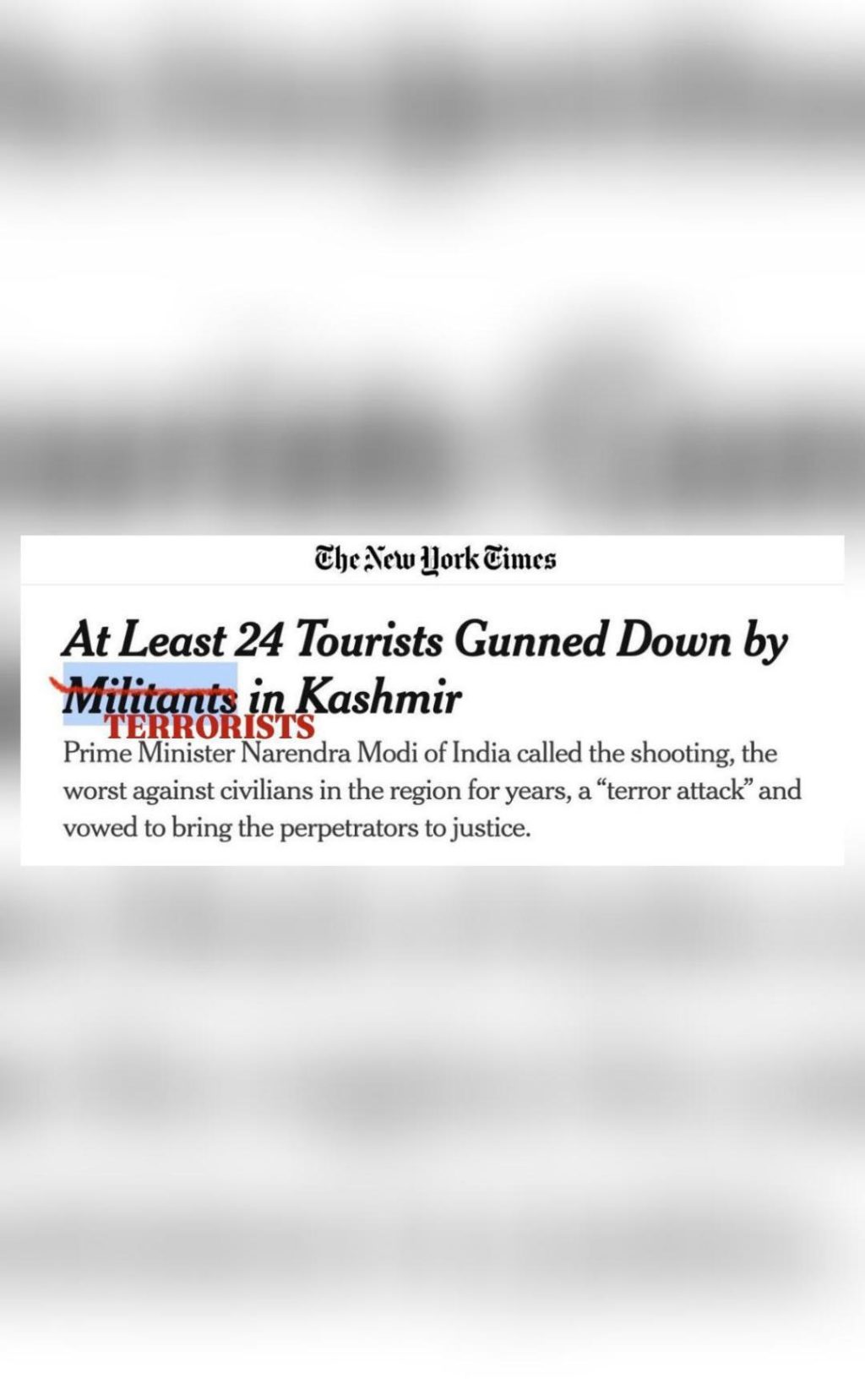
Hey NYT, fixed it for you: US committee after news portal calls J&K terrorists ‘militants’
In a recent controversy, the US House Committee on Foreign Affairs shared a picture of a New York Times article, which had referred to terrorists behind the attack in J&K’s Pahalgam as “militants”. The committee took to Twitter to express their disagreement with the NYT’s labeling, calling it “removed from reality”. The tweet read: “Hey NYT, we fixed it for you… This was a TERRORIST ATTACK plain and simple… Whether it’s India or Israel, when it comes to TERRORISM, NYT is removed from reality” (1).
The tweet was in response to a report published by the New York Times on October 12, 2022, which described the attack on a tourist bus in Pahalgam, Jammu and Kashmir, as a “militant attack”. The report stated that the attack, which left three people dead and several injured, was carried out by militants affiliated with the Lashkar-e-Taiba (LeT) group (2).
The US House Committee on Foreign Affairs’ tweet sparked a heated debate on social media, with many users criticizing the NYT’s terminology and supporting the committee’s stance. Some users pointed out that the term “militant” often has a connotation of being a legitimate armed group, whereas the term “terrorist” accurately reflects the nature of the attack.
The committee’s tweet was not the first instance of criticism of the NYT’s reporting on terrorism. In recent years, the paper has been accused of downplaying the threat of terrorism and using euphemistic language to describe the actions of terrorist groups. For example, in 2020, the NYT described the attack on a synagogue in Halle, Germany as a “white nationalist” attack, rather than a terrorist attack (3).
The controversy surrounding the NYT’s reporting on terrorism has led to a renewed debate about the language used to describe terrorist attacks and the implications of using euphemistic language. Some argue that using language that downplays the threat of terrorism can contribute to a lack of understanding of the nature of the threat and can undermine efforts to combat it.
On the other hand, some argue that using language that is too confrontational or inflammatory can be counterproductive and can actually contribute to radicalization. The key, many argue, is to use language that accurately reflects the nature of the threat, while also avoiding language that is too sensational or provocative.
In the case of the Pahalgam attack, the use of the term “militant” by the NYT can be seen as an example of the paper’s tendency to downplay the threat of terrorism. By describing the attack as a “militant attack”, the NYT is implying that the perpetrators were acting in a legitimate capacity, rather than as terrorists.
In contrast, the US House Committee on Foreign Affairs’ tweet, which described the attack as a “TERRORIST ATTACK plain and simple”, accurately reflects the nature of the attack and the motivations of the perpetrators. The committee’s tweet also highlights the need for journalists to use language that accurately reflects the nature of the threat, rather than downplaying or euphemizing it.
In conclusion, the controversy surrounding the NYT’s reporting on the Pahalgam attack highlights the importance of using accurate and clear language to describe terrorist attacks. The use of euphemistic language can contribute to a lack of understanding of the nature of the threat and can undermine efforts to combat it. The US House Committee on Foreign Affairs’ tweet, which described the attack as a “TERRORIST ATTACK plain and simple”, is a clear example of the need for journalists to use language that accurately reflects the nature of the threat.
References:
(1) https://x.com/HouseForeignGOP/status/1914843415793095043
(2) The New York Times, “Bus Attack in Kashmir Kills 3 and Injures Several”, October 12, 2022
(3) The New York Times, “Synagogue Attack in Germany Raises Concerns About Rise of Far-Right Extremism”, October 11, 2020
News Source:
https://x.com/HouseForeignGOP/status/1914843415793095043
